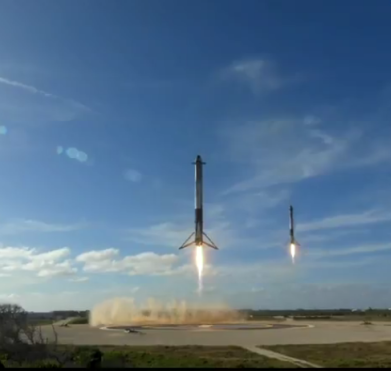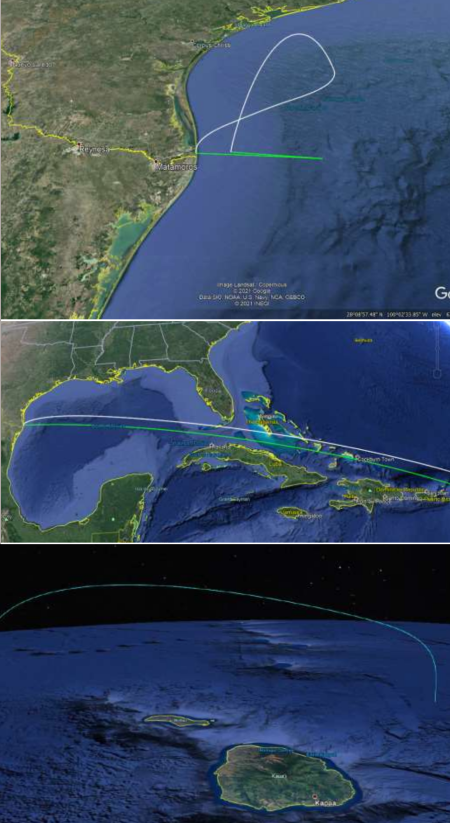ULA successfully launches military reconnaissance satellite

Screen capture from ULA’s live stream.
Capitalism in space: ULA successfully launched a Space Force military reconnaissance satellite using its Atlas 5 rocket. It also deployed two cubesats.
This was the first Atlas 5 launch in 2021. The satellite has now been deployed into its transfer orbit taking it to its final geosynchronous orbit.
The leaders in the 2021 launch race:
15 SpaceX
12 China
7 Russia
2 Rocket Lab
2 ULA
The U.S. now leads China 21 to 12 in the national rankings. Note also that though we are still six weeks short of the year’s halfway point, the U.S. is already more than halfway to its total from all of 2020, 40 launches. If this pace continues the U.S. has a good chance of reaching launch totals that were only routine during the mid-1960s, at the height of the beginnings of the space race.

Screen capture from ULA’s live stream.
Capitalism in space: ULA successfully launched a Space Force military reconnaissance satellite using its Atlas 5 rocket. It also deployed two cubesats.
This was the first Atlas 5 launch in 2021. The satellite has now been deployed into its transfer orbit taking it to its final geosynchronous orbit.
The leaders in the 2021 launch race:
15 SpaceX
12 China
7 Russia
2 Rocket Lab
2 ULA
The U.S. now leads China 21 to 12 in the national rankings. Note also that though we are still six weeks short of the year’s halfway point, the U.S. is already more than halfway to its total from all of 2020, 40 launches. If this pace continues the U.S. has a good chance of reaching launch totals that were only routine during the mid-1960s, at the height of the beginnings of the space race.









